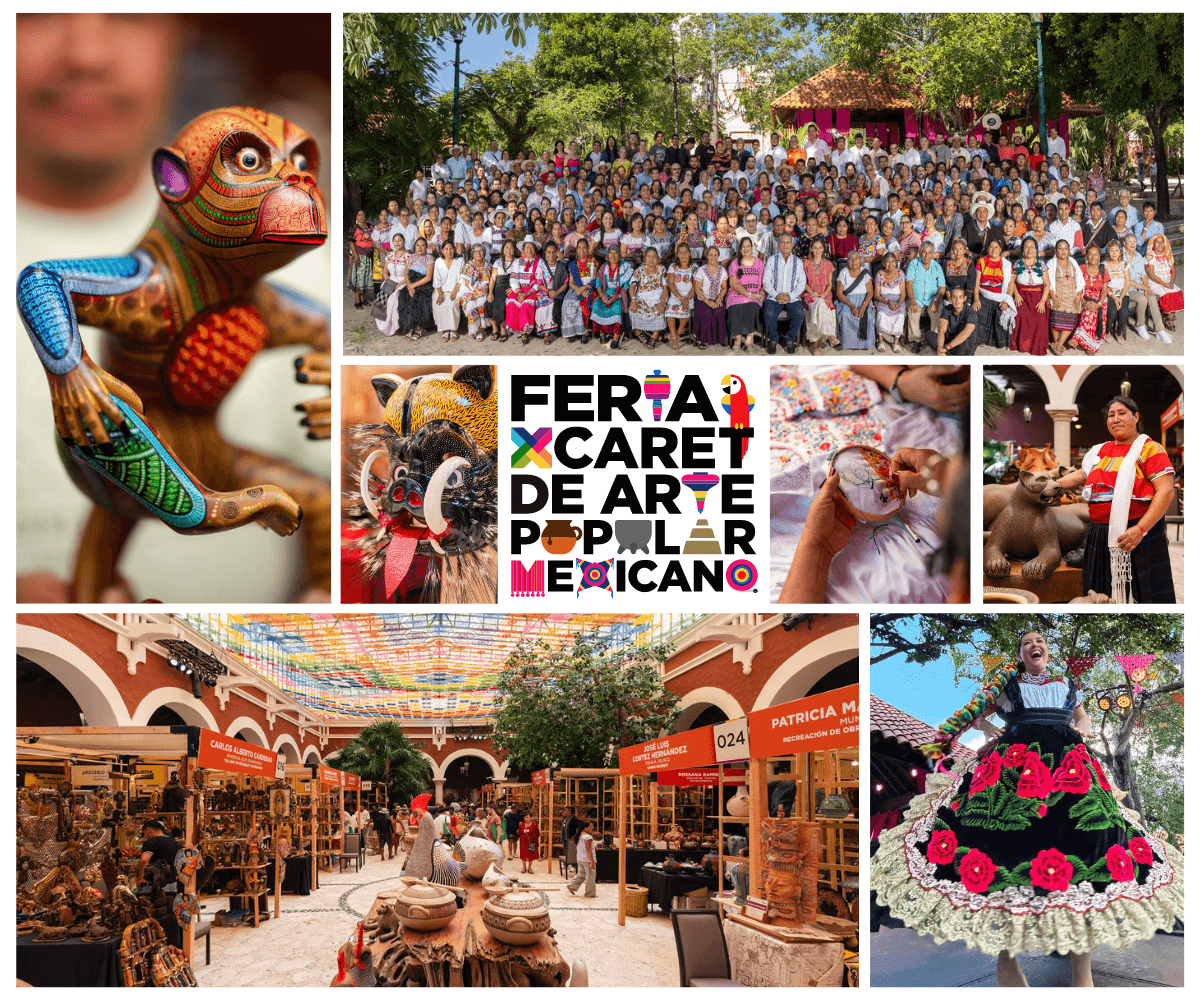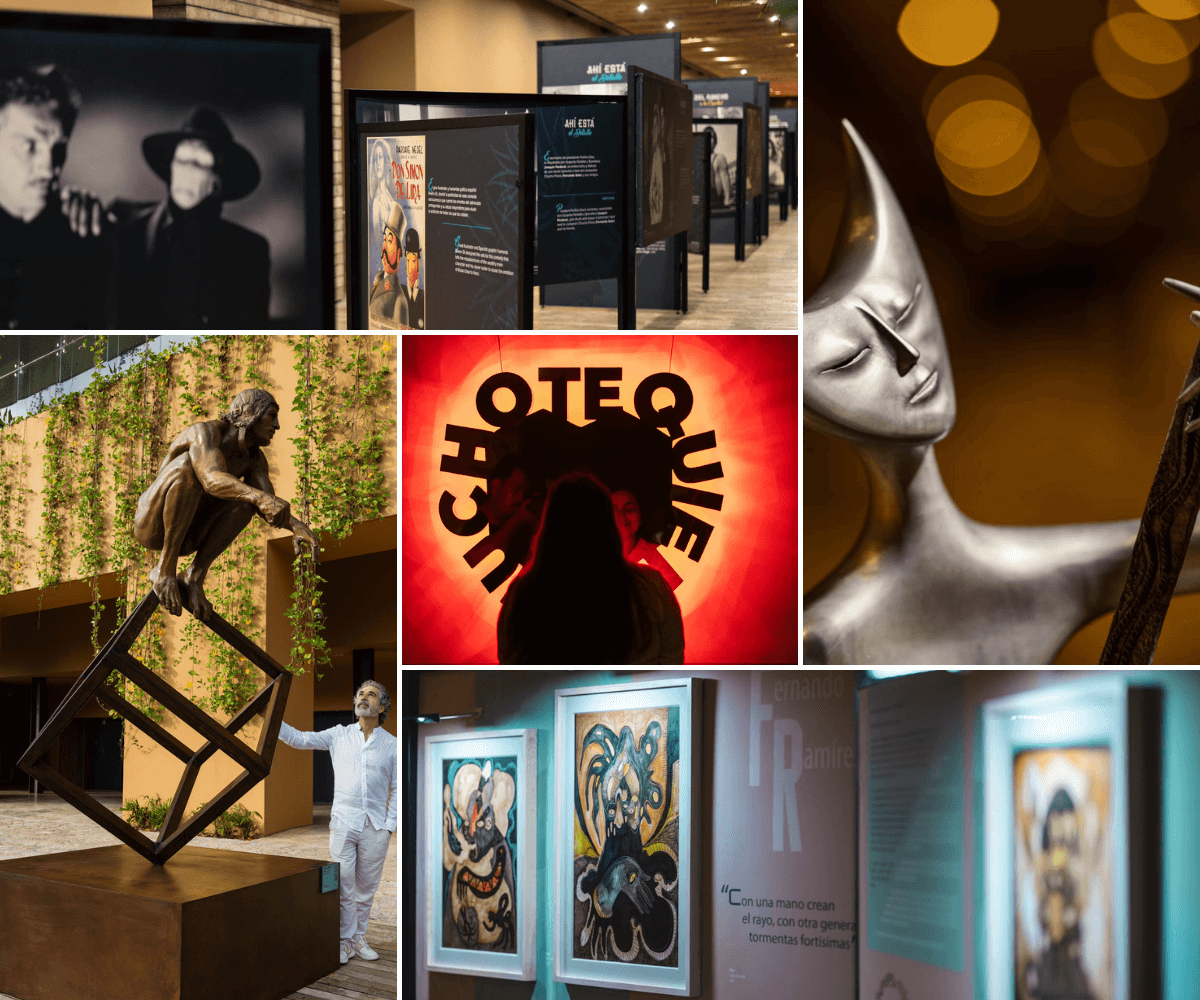Mexican handmade dolls made in Querétaro
October 31, 2023
An emblem of Mexican artistry and a representation of Queretaro's cultural heritage
Mexico is a country rich in traditions and culture, and one of the most beautiful expressions of this cultural wealth is craftsmanship. Among the wide range of Mexican crafts, the Lele Doll from Querétaro stands out as a gem of folk art that represents the skill and creativity of local artisans. This article explores the history of the Lele Doll and four other beautiful Mexican crafts.
We had the opportunity to see all these dolls at the Festival of Life and Death Traditions at Xcaret, where the state of Querétaro was the guest and brought a showcase of crafts, gastronomy, and more.
1.- Lele Doll
The Lele Doll, also known as "La Lele," is a traditional rag doll produced in the city of Querétaro, located in the center of Mexico. Its origin dates back to the 19th century, when Queretano women began crafting these dolls as a form of entertainment and an expression of their creativity
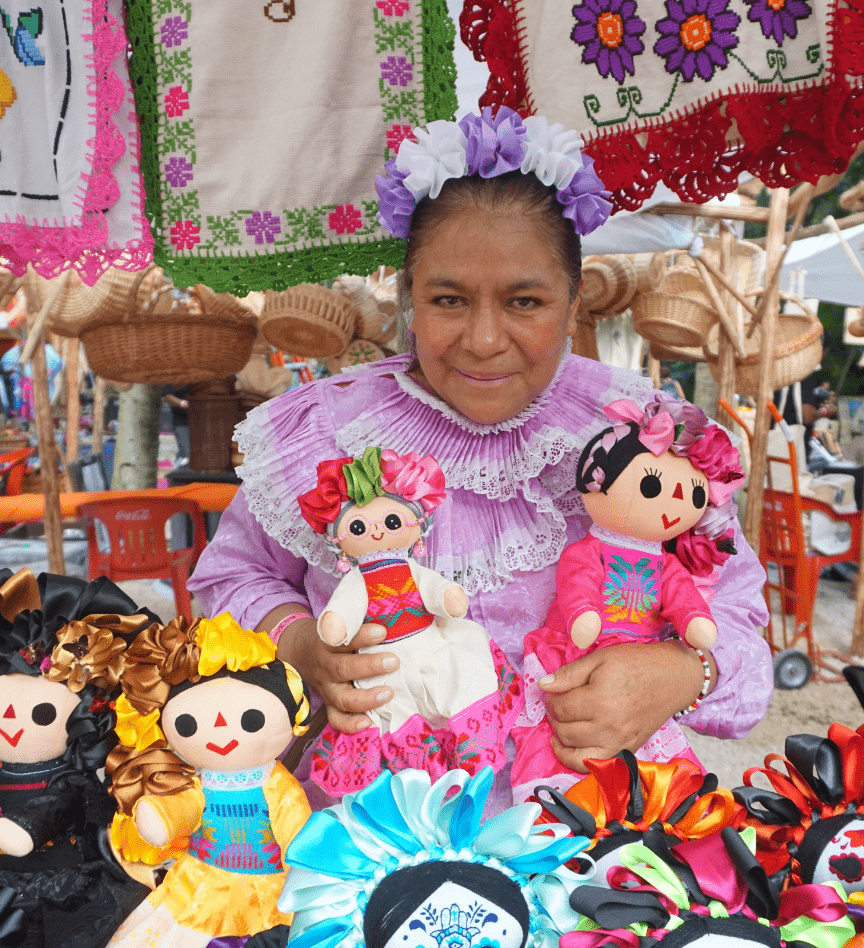
What makes the Lele Doll so special is the meticulousness with which it is made. Each doll is unique, with intricate details that reflect the skill and dedication of the artisans.
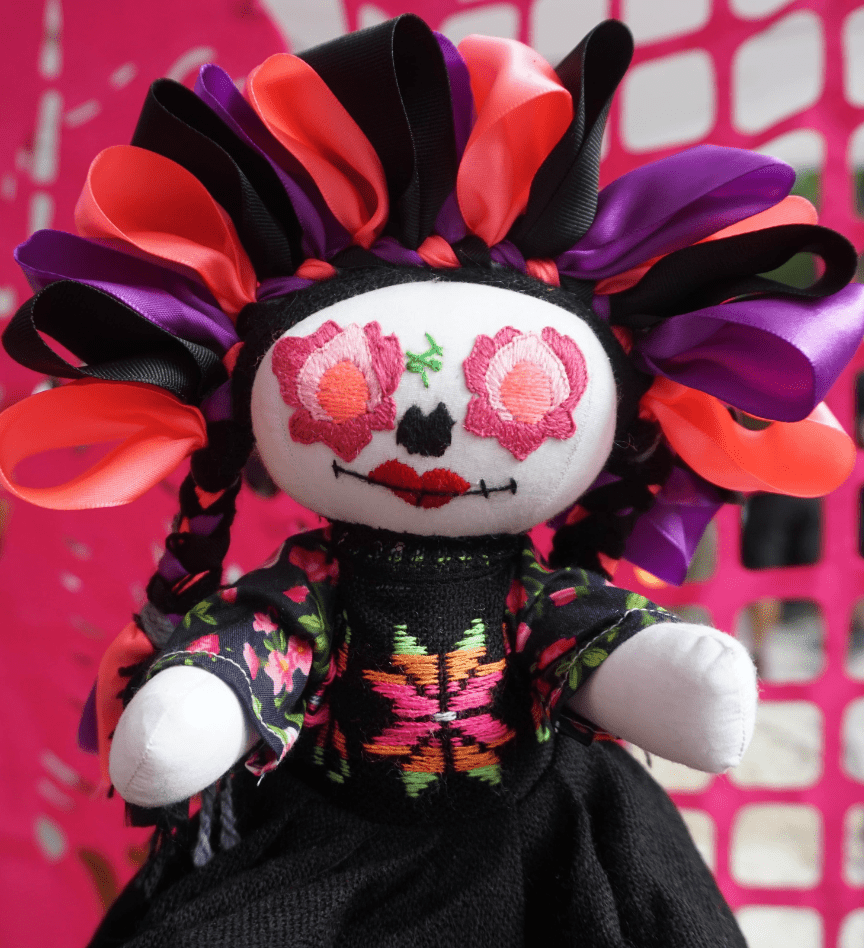
They are handcrafted using natural materials such as cotton and wool and decorated with hand embroidery and paintings. The attention to detail is astonishing, from elaborately decorated dresses to meticulously sewn expressive faces.
2.- Dönxu Doll
Dönxu, the doll symbolizing identity in Amealco. In the community of San Ildefonso, the doll represents a tradition and heritage that contributes to defining the region's identity when local families come together to preserve this form of craftsmanship. In Amealco, Lele is not the only div present.
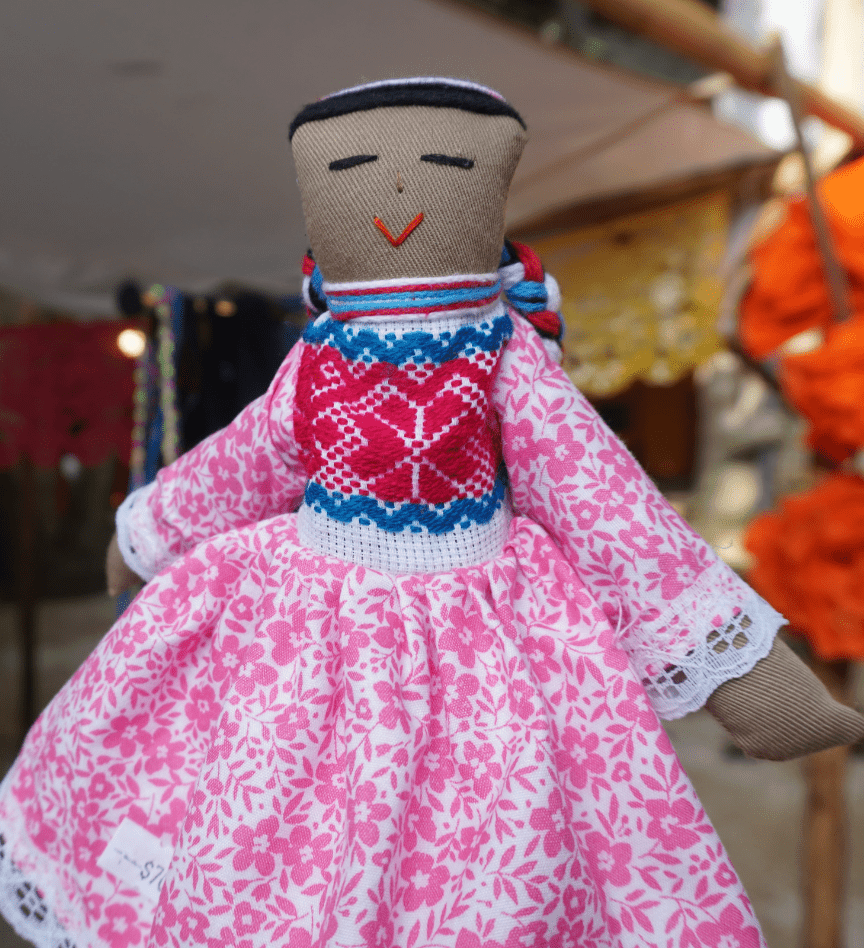
In the community of San Ildefonso, located on the border between Querétaro and the State of Mexico, Dönxu, a rag doll representing the local Otomi culture, emerged, but it has not achieved the same media and commercial recognition as its traveling counterpart with a baby name.
3.- Meraki Doll
This beautiful doll, created by a family from the municipality of Jalpán de Sierra, also known as the region of Huasteca Queretana, is named Meraki. This rag doll is special because it wears the traditional Querétaro beaded shawl, but to ensure its authenticity, a human-sized shawl is cut into smaller versions.
The traditional beaded shawl of Querétaro is an iconic and highly representative garment of the region. This type of shawl is characterized by its bead patterns, giving it a distinctive and colorful look.

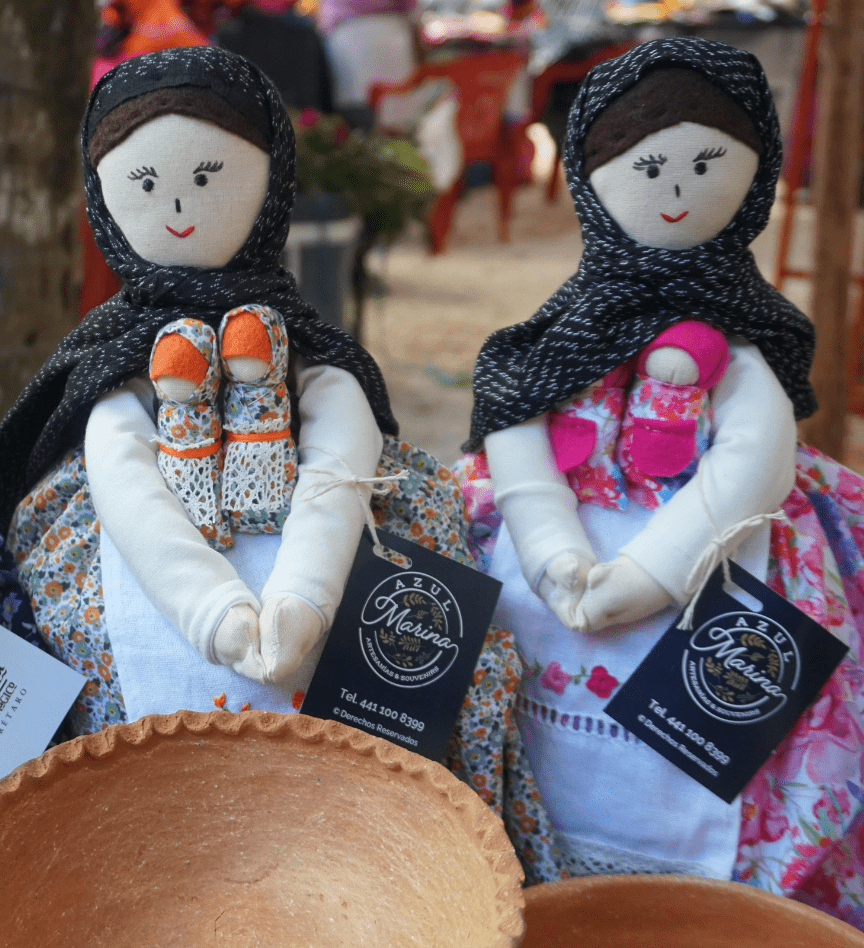
4.- Chonita Doll
The Chonita Doll represents the municipality of Tolimán, a charming place that combines mountainous landscapes with colonial architecture. With cobbled streets and colorful houses that evoke the region's history, this town exudes authenticity.
This doll is typically dressed in the typical Tolimán outfit, consisting of a Huipil, petticoat, shawl, long skirt, and two flower braids.
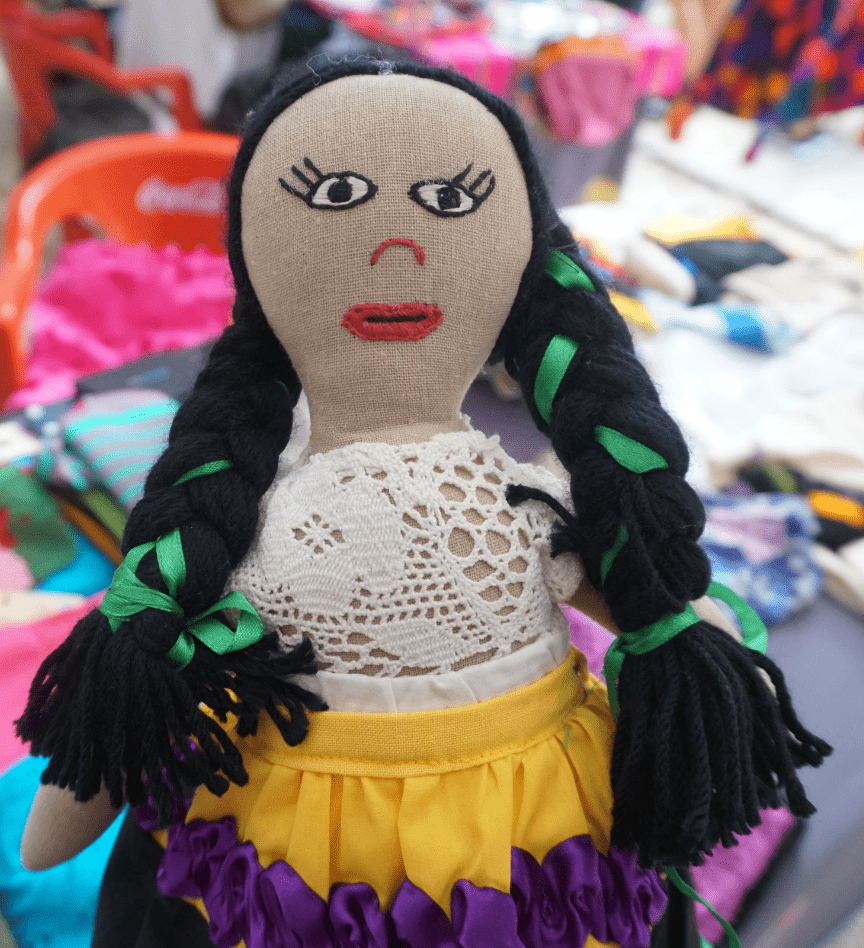
5.- Queretana Danzante Doll from the Dance of the Concheros
The Dance of the Concheros is an ancient cultural and religious tradition practiced in Mexico, particularly in the central part of the country. This dance is a living testament to the fusion of pre-Hispanic indigenous traditions with the influence of Spanish culture after the conquest.
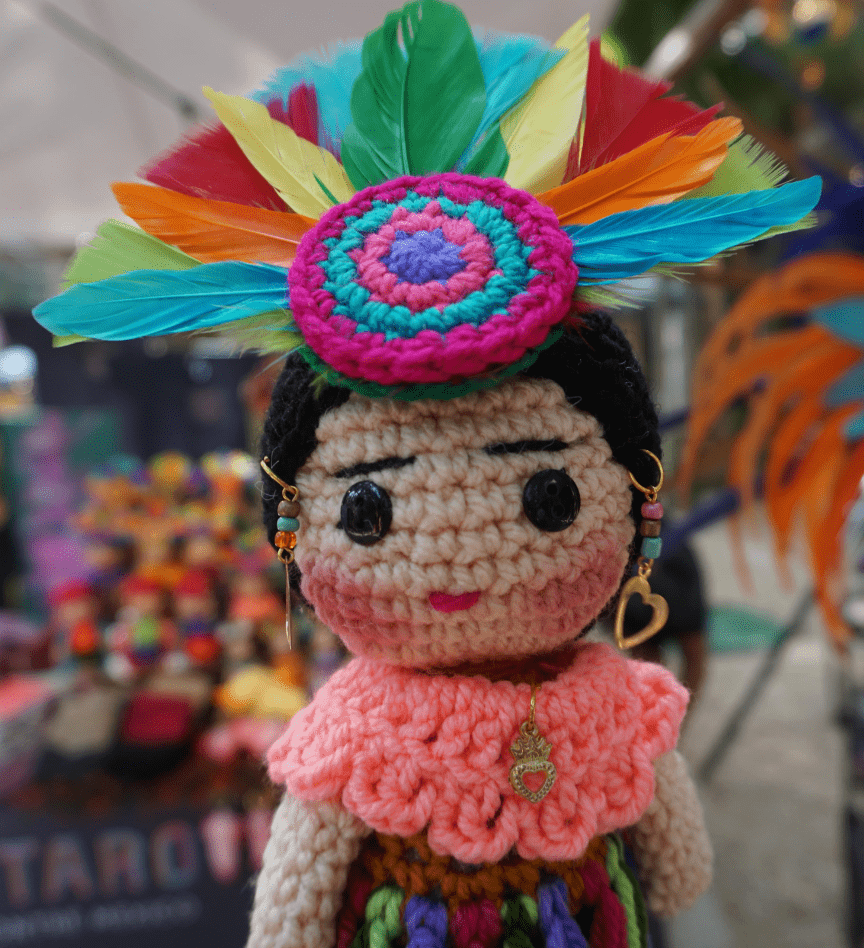
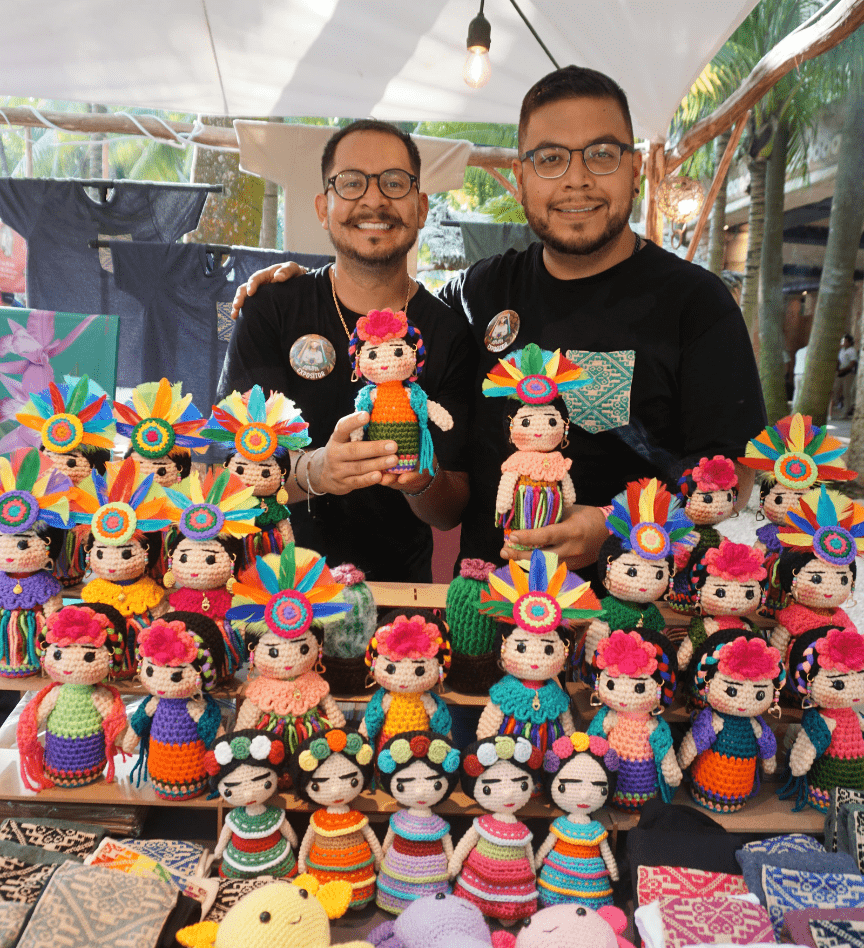
The attire worn by these dancers is beautiful, consisting of colorful and ornate costumes with feathers, shells, and bells. Seashells, such as conch shells, are an important symbol in their attire. The Queretano dolls are hand-crocheted, also known as crochet.
The creator describes her doll as a beautiful dancer, adorned with all the attitude and demeanor of a winner.
Extra: The Corregidora Doll
A doll that we loved for its history, beautiful details, and originality is the Corregidora Doll from Querétaro. These beautiful handcrafted pieces are textile designs by artisan Sofía Solano in the city of Santiago de Querétaro.
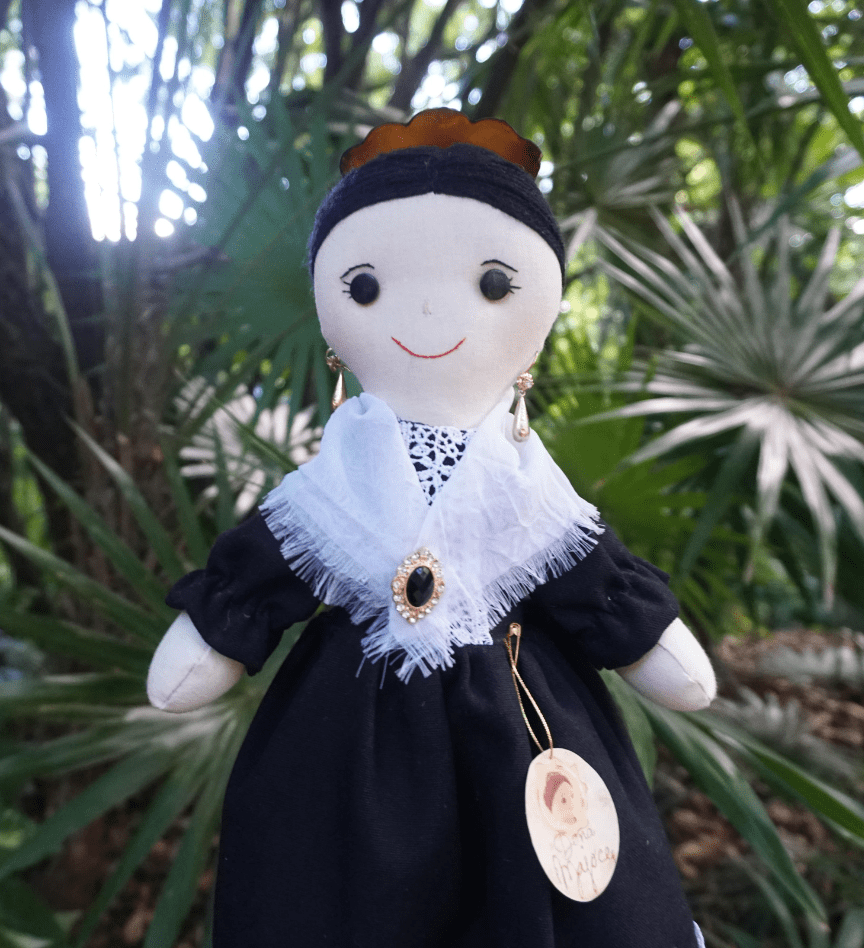
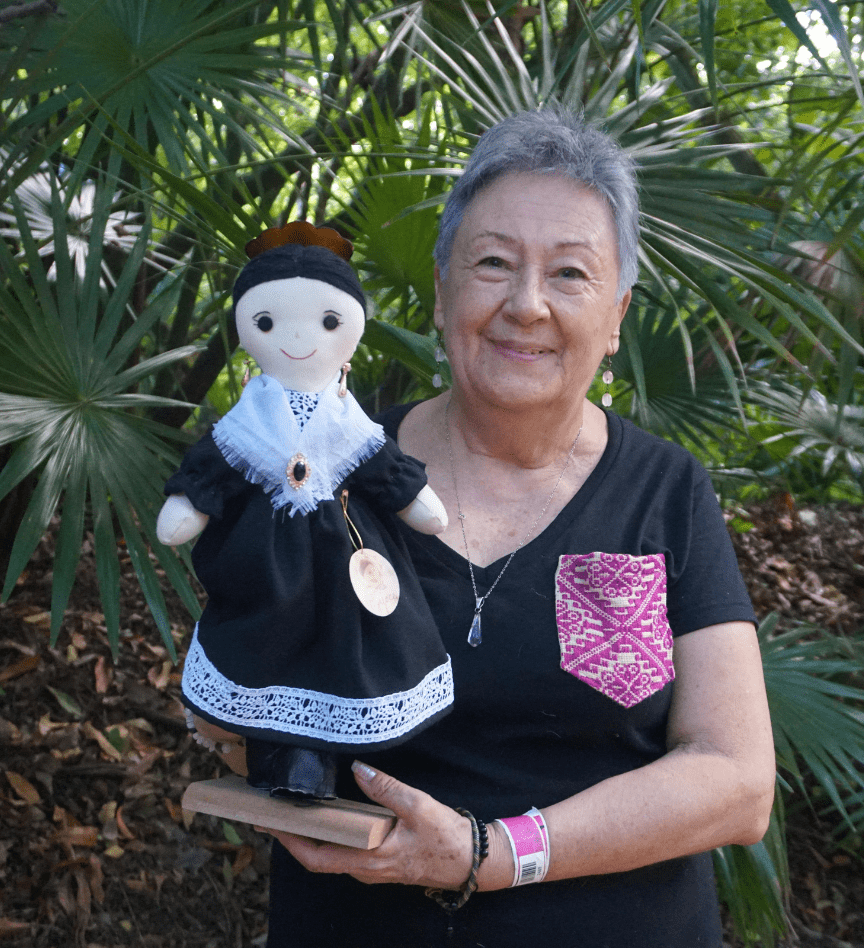
Mexican artisan dolls are a means of economic support for local communities. The production of these dolls provides employment to many female artisans in Querétaro, allowing them to generate income and keep a centuries-old tradition alive. Craftsmanship is a valuable resource for preserving cultural identity and promoting sustainable development in the region.
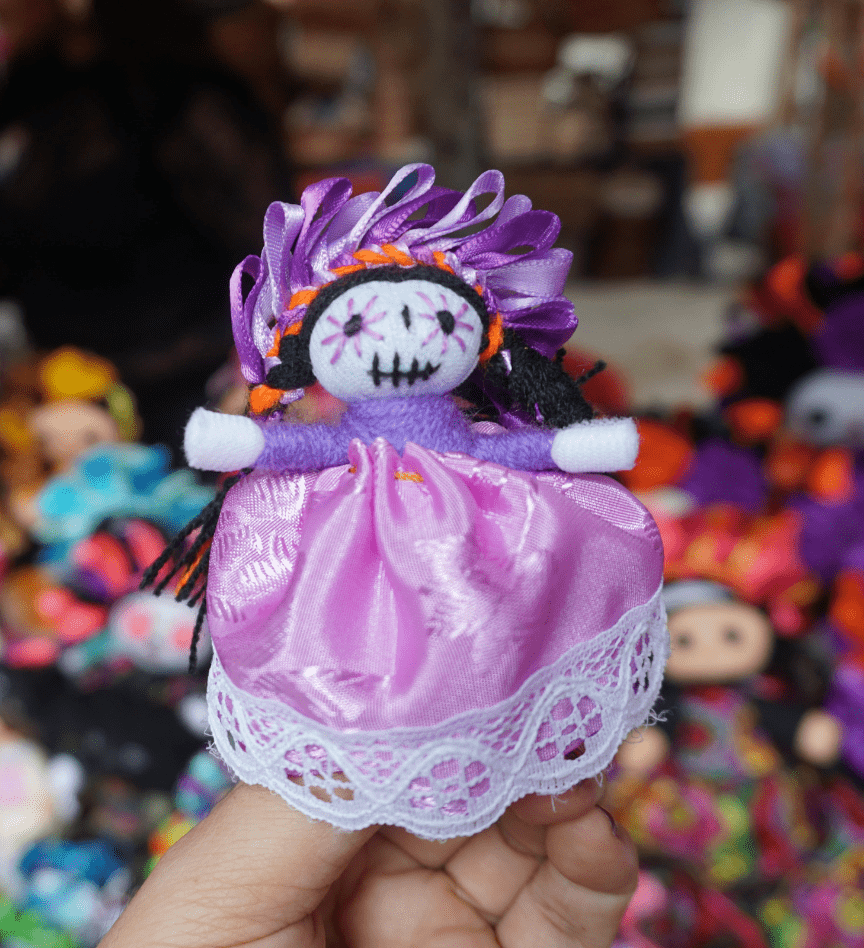

Editora de Blog Xcaret. Comunicóloga que ama viajar, escribir, tomar fotografías y estar siempre rod...
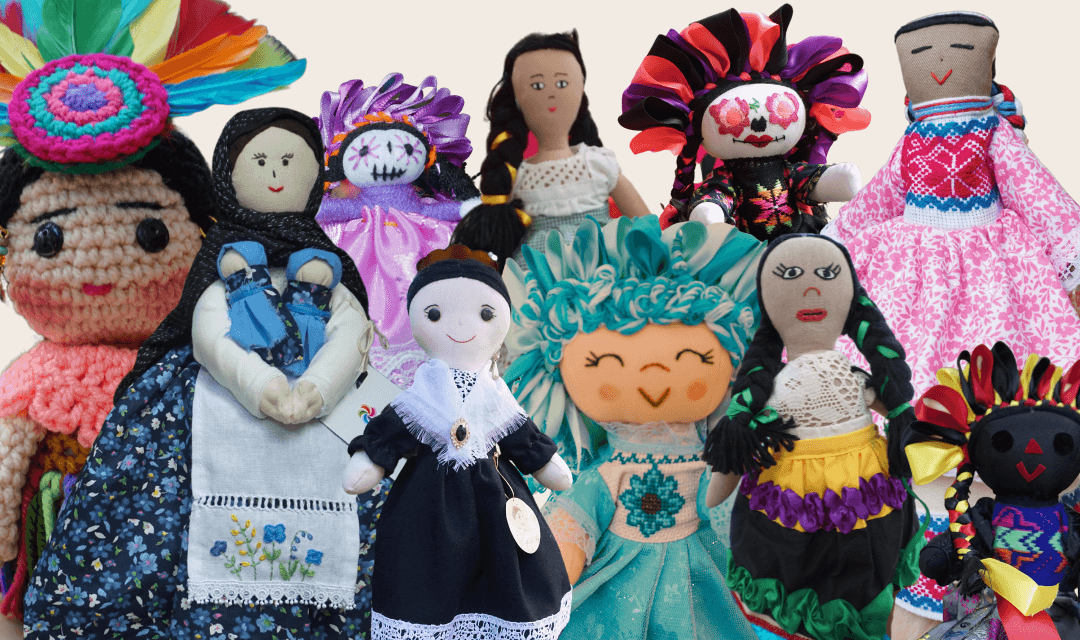
Posts Relacionados
Grupo Xcaret
Hotels



